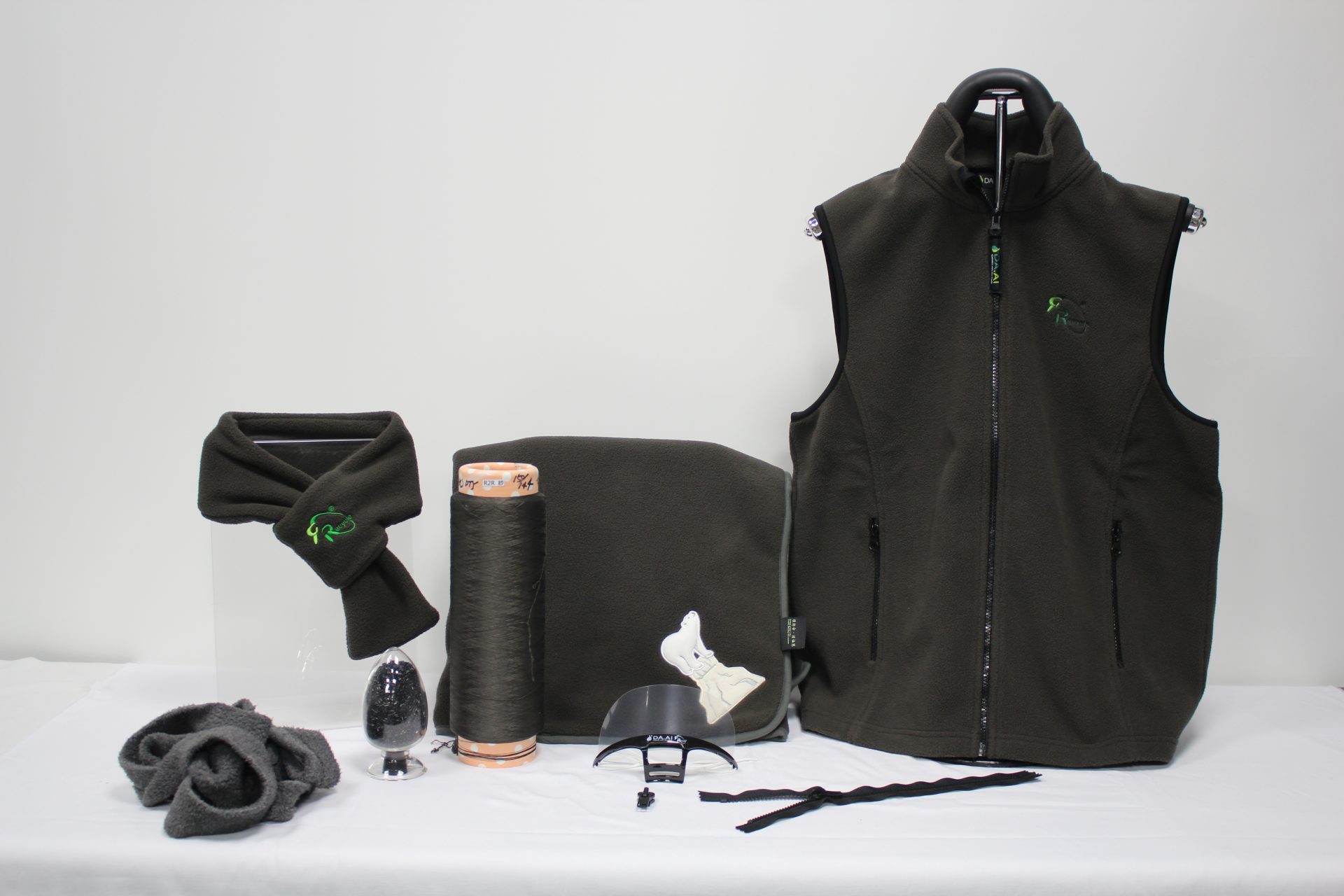
With waste-reducing as the process, zero-waste as the terminal goal, and DA.AI continuously puts efforts in the solution and application of waste recycling. While producing the eco-blanket made by recycled PET bottle, DA.AI restructures the recycling chain, by using discarded textile as a raw material. Furthermore, DA.AIbreaks through the long-existing linear production mode ,extends the life cycle of material and reduces waste generation. Unlike low selling price and expensive waste disposal charges of second-hand clothes, new eco-friendly products were made to create new economic value and environmental significance.
( English provided by company. )
As an environmental public welfare enterprise, DA.AI is concerned about new garbage greneration while removing the extra edge of eco-blanket which is made by PET bottles. Besides, under the impact of fast fashion, most of discarded clothes were incinerated in Taiwan. DA.AI hopes to devote our best to the earth and seeks for the solutions for the discarded clothes.
Uniform Material Makes Recycle Much Easier
Considering the difficulty of recycling after product damage, 100% recycled polyester was targeted in the design. In order to simplify the recycling process and improve the quality of recycled products, eco-zippers and eco-buttons made of recycled polyester have been developed. There is no need to remove the accessories on the clothes, which greatly improves the recycling rate of the materials.
When the recycled polyester is re-treated into raw materials, physical process is selected to avoid the use of water resources and chemicals, and it can reduce the harm on the environment as well.
Level Determines the Usage,Nowhere to Use
Due to the heat treatment process of recycled polyester,, the recycled polyester is slightly insufficient in the performance and processing stability comparing to the original polyester. DA.AI categorizes the recycled raw materials in three grades. The highest level material is used to produce eco-friendly yarns; the second one level is used in the manufacture of eco-friendly plastic products the lowest level is modified into eco-friendly wood plastic composite (WPC) and laid on the floor.
Benefits
- From 2016 to 2018, a total of 16 tons of discarded leftover fabric produced by eco-friendly blankets, which is made of recycled PET bottles, were used in "Recycle to Recycle" project development instead of incineration.